Welcome to the captivating world of pocket neighborhoods, where community and connection thrive.
In this article, we will embark on a journey to unravel the enchantment that these unique residential communities offer.
Discover the magic of pocket neighborhoods as we delve into their definition, features, and benefits.
From the design principles that breathe life into these vibrant communities to the nurturing relationships they foster, join us on this exploration and unlock the secrets of these captivating havens.
The Origins of Pocket Neighborhoods
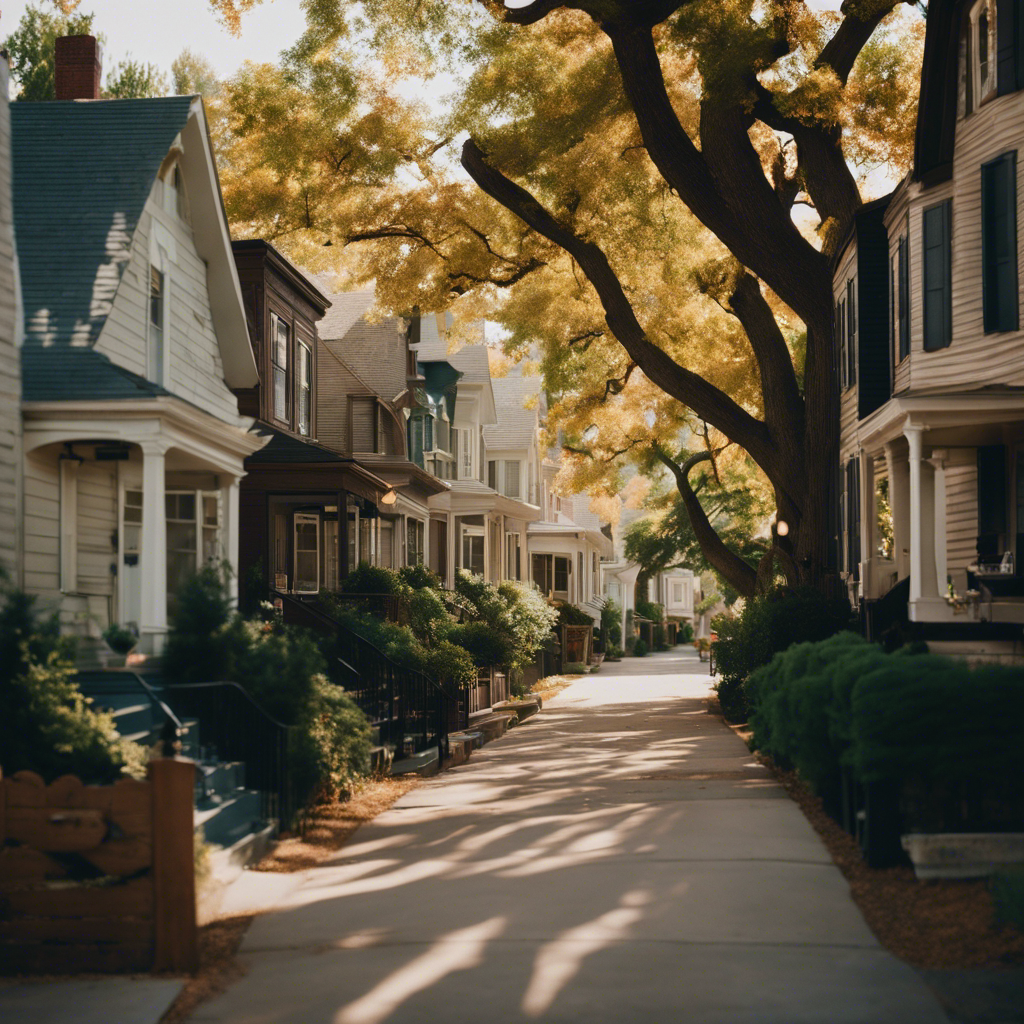
Although the exact origins of pocket neighborhoods remain unclear, they have been found in various communities around the world. These unique residential developments have cultural influences that can be traced back to different regions and societies.
In some cases, pocket neighborhoods have been influenced by traditional village designs, where houses are clustered together around a central gathering space. This sense of community and shared space can be seen in pocket neighborhoods today.
Additionally, cultural values of privacy, harmony, and connection to nature have also shaped the design principles of pocket neighborhoods. For example, in Japanese culture, the concept of ‘uchi-soto’ emphasizes the distinction between public and private spaces, which is reflected in the layout and arrangement of houses in pocket neighborhoods.
The origins and cultural influences of pocket neighborhoods contribute to their appeal and success in creating tight-knit communities.
Design Principles of Pocket Neighborhoods
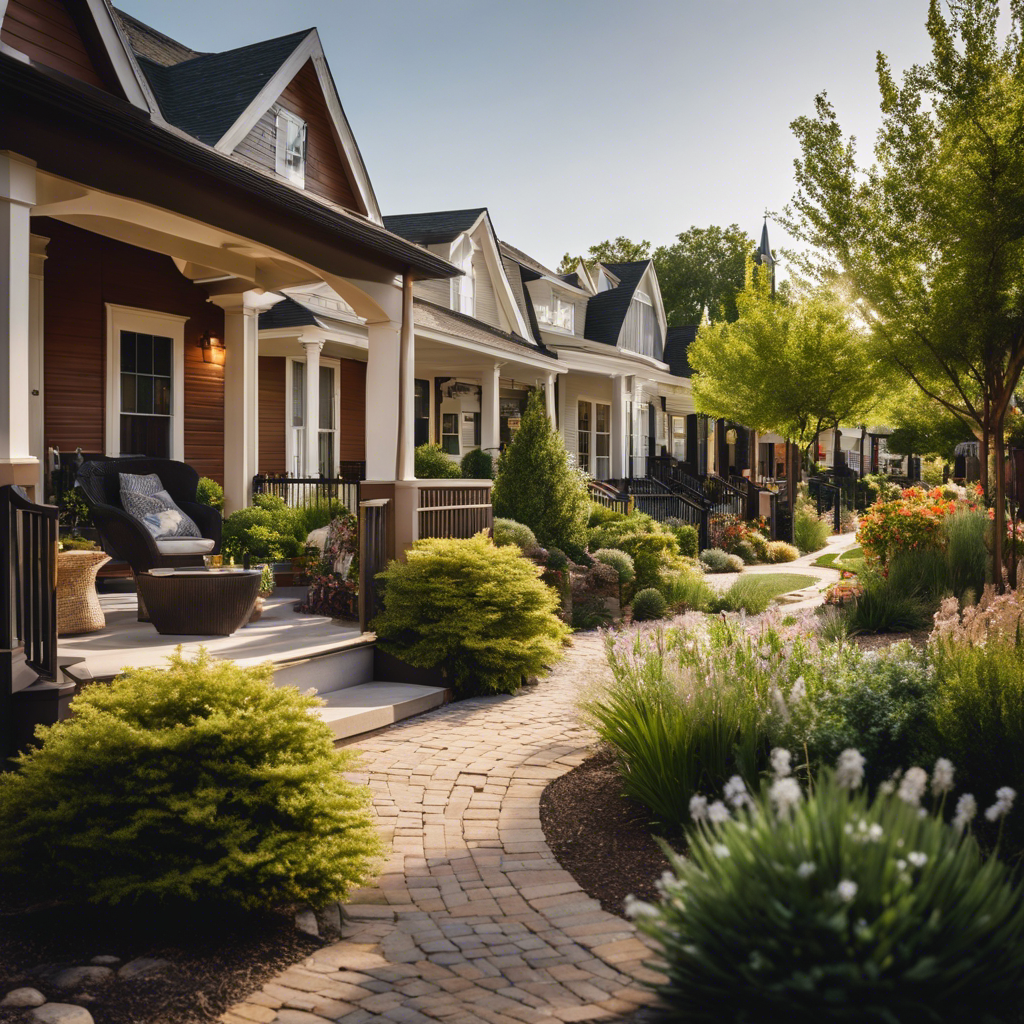
The design principles of pocket neighborhoods emphasize the importance of creating a sense of community through the arrangement and layout of houses around shared open spaces. These design principles focus on promoting interaction and fostering a strong sense of belonging among neighbors.
By clustering neighboring houses or apartments around a shared open space, pocket neighborhoods facilitate easy interaction and provide opportunities for nearby neighbors to know each other. This layout also benefits families by allowing children to develop close relationships with their neighbors and providing support and friendship for empty nesters and single householders.
Additionally, pocket neighborhoods offer a smaller, more intimate living environment that promotes a sense of shared responsibility and stewardship. By incorporating these design principles, pocket neighborhoods create a unique and vibrant community for families to thrive.
The Beauty of Shared Open Spaces

Moreover, shared open spaces in pocket neighborhoods not only enhance the overall aesthetics, but also foster a sense of connection and harmony among residents.
These inclusive spaces provide a platform for residents to interact, engage, and develop a strong social bond. By creating small, cozy houses surrounded by a communal green, pocket neighborhoods encourage easy interaction between neighbors and facilitate a sense of community.
The shared open spaces serve as a gathering place for residents to come together, fostering friendships and shared experiences. These spaces are designed to promote a sense of belonging and shared responsibility, allowing nearby neighbors to easily know each other and provide support when needed.
In this way, pocket neighborhoods go beyond just providing housing; they create a nurturing environment that enhances social connections and contributes to the overall well-being of its residents.
Creating a Sense of Community in Pocket Neighborhoods
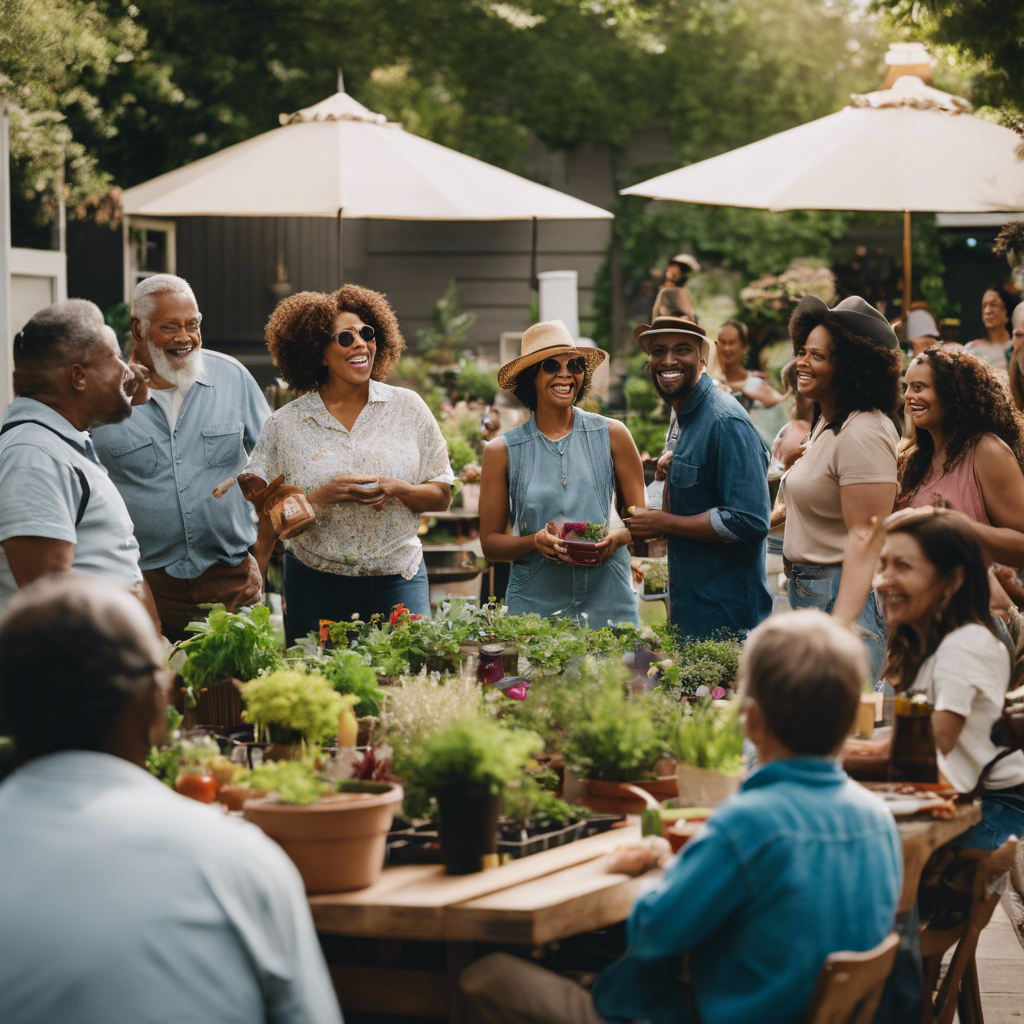
To cultivate a strong sense of community in pocket neighborhoods, residents can actively engage in regular social events and gatherings. These gatherings not only provide an opportunity for neighbors to connect and build relationships, but also create a sense of belonging and shared responsibility within the community.
In addition to fostering social interactions, designing for sustainability and incorporating nature are essential elements in creating a thriving pocket neighborhood. By incorporating green spaces, gardens, and sustainable design features such as rainwater harvesting and energy-efficient technologies, residents can contribute to the overall well-being of the community and the environment.
These design principles not only enhance the aesthetic appeal of the neighborhood, but also promote a healthier and more sustainable way of living. By actively participating in social events and embracing sustainable design practices, residents can create a vibrant and cohesive community within their pocket neighborhood.
The Charm of Small Cozy Houses
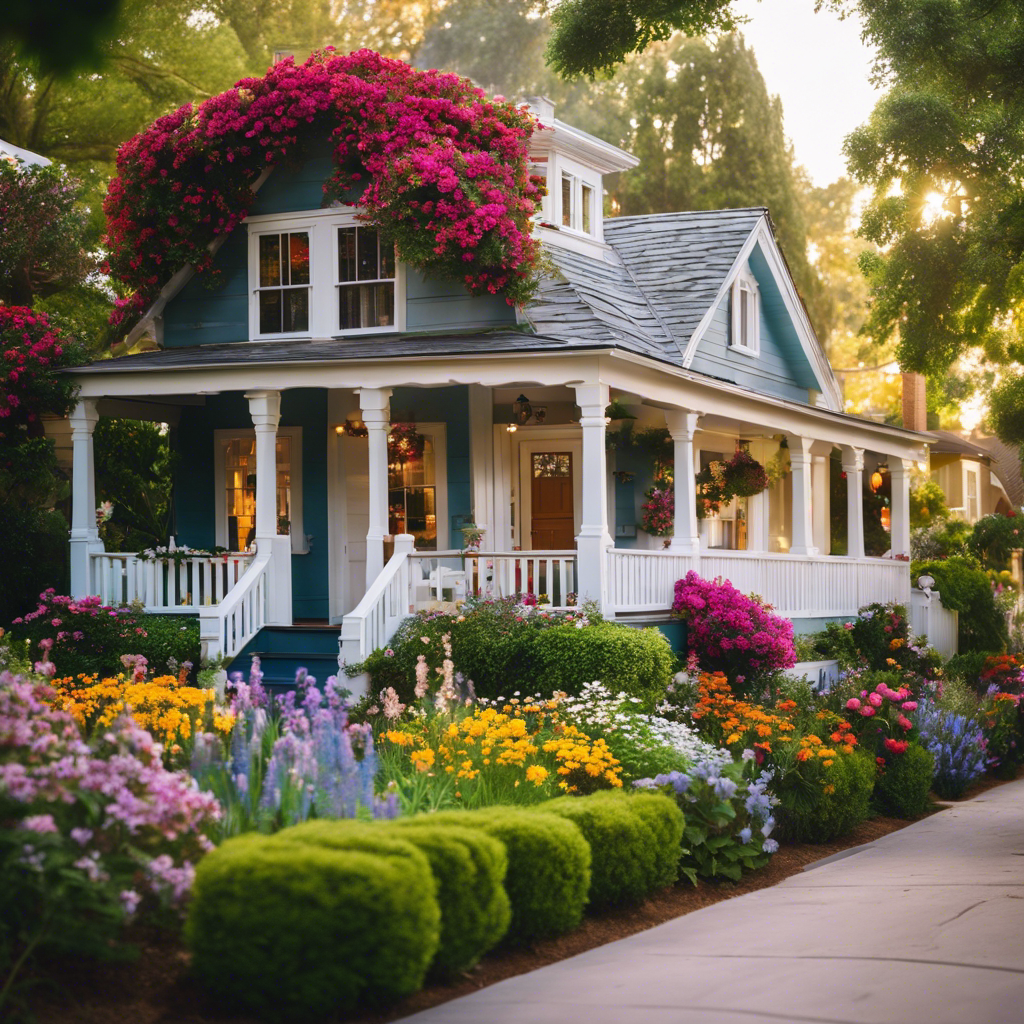
A small cozy house exudes a certain charm and intimacy that larger homes often lack. In today’s discussion, we explore the appeal of these smaller dwellings and why they are gaining popularity in the realm of sustainable design.
Cozy living is all about maximizing small spaces, utilizing every nook and cranny to create a functional and comfortable environment. This concept aligns perfectly with the principles of sustainable design, which emphasize efficiency and minimizing waste.
Small houses can be designed to incorporate green features such as energy-efficient appliances, low-flow fixtures, and solar panels. Additionally, these homes often have a smaller ecological footprint and require fewer resources to build and maintain.
The Importance of Privacy in Pocket Neighborhoods
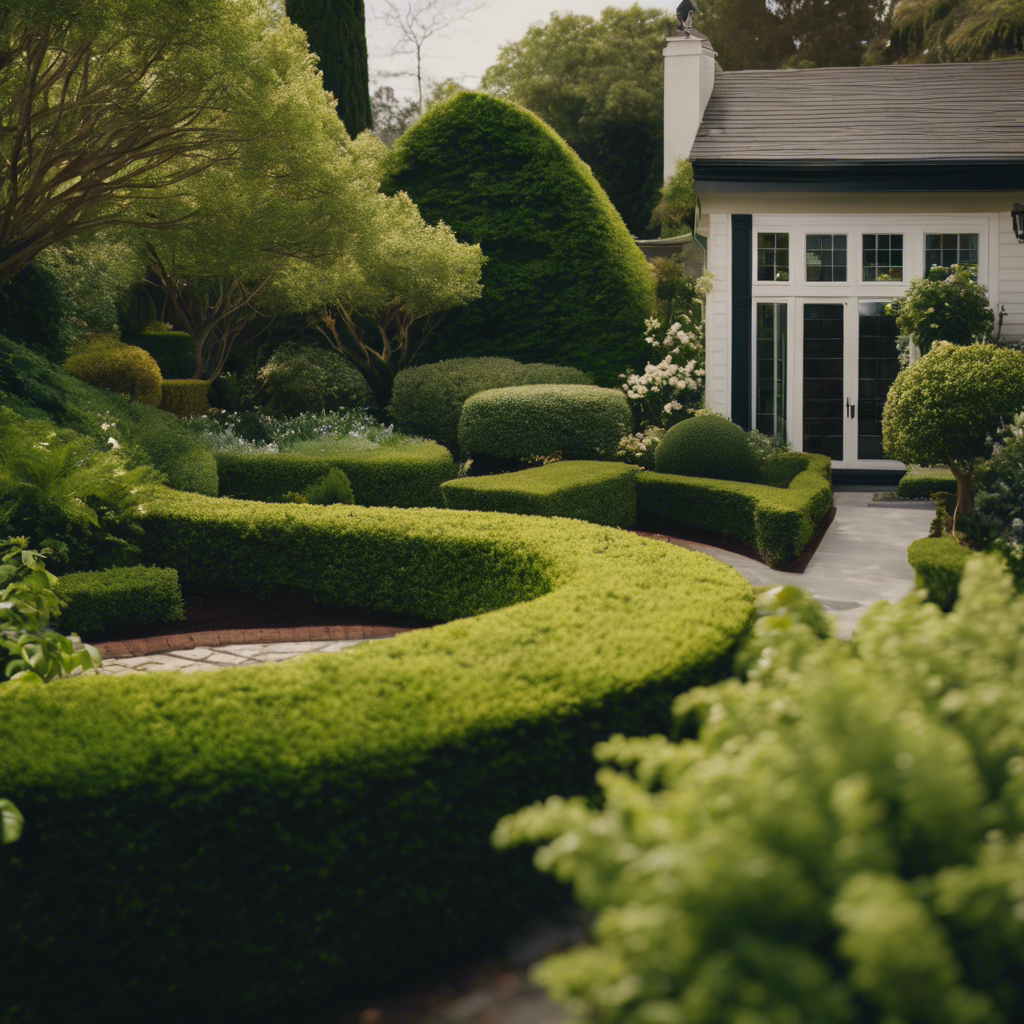
One of the key design principles that contribute to the vitality of pocket neighborhoods is the inclusion of ample private spaces, ensuring residents have a quantifiable level of privacy. Balancing privacy and community in pocket neighborhoods is crucial to creating a harmonious living environment.
Here are three ways designers can prioritize privacy while still fostering a sense of community:
-
Thoughtful layout: Designing for privacy in shared living spaces requires careful consideration of the placement of buildings and the arrangement of outdoor spaces. By strategically positioning houses and creating buffer zones, residents can enjoy a sense of seclusion within their own homes.
-
Landscaping and vegetation: Incorporating greenery and landscaping features can provide natural barriers and visual separation between homes. This helps to create private outdoor spaces where residents can relax and unwind.
-
Soundproofing and insulation: Implementing soundproofing measures in the construction of homes can greatly enhance privacy. This includes using thicker walls, double-glazed windows, and insulation materials to minimize noise transfer between units.
Benefits for Empty Nesters and Single Householders

Empty nesters and single householders can reap the benefits of living in pocket neighborhoods. These neighborhoods provide opportunities for socializing, forming friendships, and receiving support from nearby neighbors. The impact on mental health cannot be underestimated, as social connections and a sense of belonging are crucial for overall well-being.
Pocket neighborhoods offer a unique environment that fosters community interaction and engagement. The role of shared amenities plays a significant role in enhancing the quality of life within these neighborhoods. Amenities such as a common house, shared gardens, and communal spaces encourage residents to come together, share experiences, and build lasting relationships.
These shared spaces also promote physical activity, which has been proven to have positive effects on mental health. In essence, pocket neighborhoods provide an ideal setting for empty nesters and single householders to thrive socially and emotionally.
Nurturing Relationships in Pocket Neighborhoods

Fostering strong connections and promoting a sense of belonging, nurturing relationships within pocket neighborhoods is essential for creating a vibrant and supportive community.
In order to build connections and foster a strong sense of community within pocket neighborhoods, the following strategies can be implemented:
-
Encourage regular social interactions: Organize community events, such as block parties or potluck dinners, to provide opportunities for neighbors to come together and interact in a relaxed and informal setting.
-
Create shared spaces: Designate common areas within the neighborhood where residents can gather, such as a community garden or a communal lounge. These shared spaces can serve as meeting points for residents to connect and engage with one another.
-
Facilitate communication: Establish online platforms or community bulletin boards where residents can communicate and share information. This can help foster a sense of belonging and enable residents to stay connected and informed about neighborhood activities and initiatives.
The Sense of Belonging in Pocket Neighborhoods
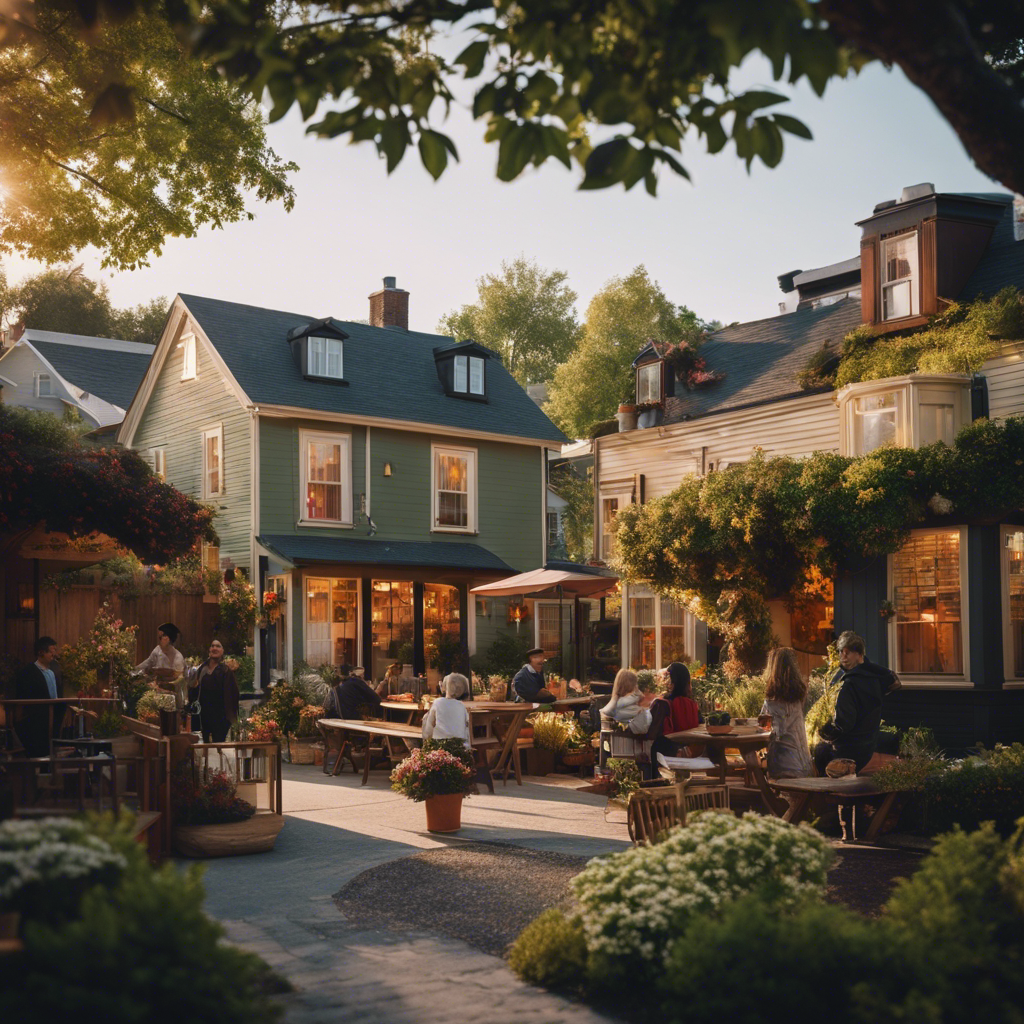
Creating a strong sense of community and fostering close relationships, the sense of belonging in pocket neighborhoods can be enhanced through regular social interactions and the establishment of shared spaces. By encouraging residents to engage in activities together and providing communal areas where they can gather, pocket neighborhoods promote a sense of belonging and foster connections among neighbors. These shared spaces can include gardens, courtyards, or common houses where residents can come together for events, socializing, and shared meals. In addition to providing opportunities for social interaction, pocket neighborhoods also offer a smaller, more intimate living environment that allows nearby neighbors to easily know each other. This sense of belonging and shared responsibility creates a supportive community where individuals can find friendship and support nearby, fostering a strong sense of connection and belonging.
| Benefits of Pocket Neighborhoods | Definition and Features of Pocket Neighborhoods |
|---|---|
| – Promote a sense of belonging and shared responsibility | – Pocket neighborhoods are clustered groups of neighboring houses or apartments |
| – Foster connections among neighbors | – They are gathered around a shared open space, such as a garden courtyard or a pedestrian street |
| – Provide opportunities for social interaction | – Consist of small cozy houses surrounded by a small public green |
| – Create a supportive community | – Parking is located in a lot out of sight from the homes |
| – Offer a smaller, more intimate living environment | – Common house at the end of the green used for events, socializing, and shared meals |
| – Allow nearby neighbors to easily know each other | – Facilitate easy interaction between neighbors and create a sense of community |
Exploring Pocket Neighborhoods in Asheville and Beyond
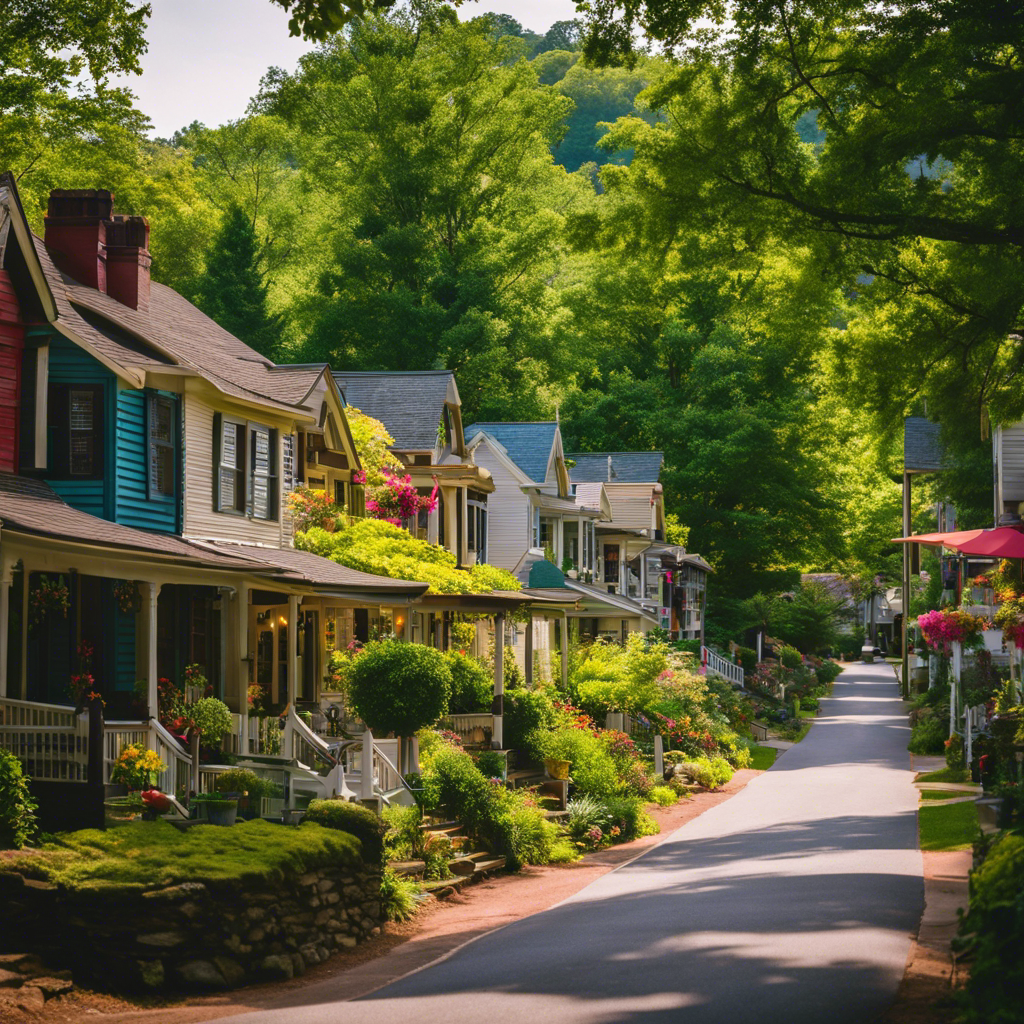
During the upcoming workshop in Asheville on November 5, 2012, Ross Chapin will present on the design principles and key features of pocket neighborhoods, providing insights into their potential applications in Asheville and beyond.
Pocket neighborhoods have been on the rise in recent years, offering a unique and intimate living environment that fosters a strong sense of community. These clustered groups of neighboring houses or apartments can be found in a variety of climates, from urban to suburban to rural areas.
Some key features of pocket neighborhoods include a shared open space, such as a garden courtyard or pedestrian street, a small public green, and a common house for events and socializing. These neighborhoods promote easy interaction between neighbors and provide a sense of belonging and shared responsibility.
With their emphasis on community and connection, pocket neighborhoods have the potential to transform the way we live in different climates around the world.
Frequently Asked Questions
How Can I Find Pocket Neighborhoods in My Area?
Finding pocket neighborhoods in your area can be done by conducting research online, reaching out to local real estate agents, attending community events, and networking with neighbors. The benefits of living in a pocket neighborhood include fostering a strong sense of community, promoting easy interaction between neighbors, and providing a smaller, more intimate living environment.
What Types of Events and Activities Are Typically Held in the Common House of a Pocket Neighborhood?
Common houses in pocket neighborhoods are versatile spaces that host a range of community activities and events. From social gatherings and shared meals to workshops and celebrations, these spaces foster a strong sense of belonging and connection among neighbors.
Are Pocket Neighborhoods Only Suitable for Families With Children, or Can Single Individuals Also Benefit From Living in One?
Single individuals can benefit from living in a pocket neighborhood as they provide a sense of community, opportunities for friendship and support, and a smaller, more intimate living environment.
Do Pocket Neighborhoods Have Any Restrictions on the Size or Style of Houses That Can Be Built?
Pocket neighborhoods may have size and style restrictions to maintain a cohesive aesthetic and ensure the community’s overall vision. Developers and homeowners associations often set guidelines to maintain the neighborhood’s charm and promote a sense of unity.
How Do Pocket Neighborhoods Promote Sustainability and Environmental Stewardship?
Sustainable community development is a key aspect of pocket neighborhoods, promoting environmental stewardship through green living initiatives. These neighborhoods encourage sustainable practices such as energy efficiency, water conservation, and the use of renewable resources, fostering a more environmentally conscious way of living.
Conclusion
In the enchanting world of pocket neighborhoods, a sense of magic can be found. These unique residential communities, with their small cozy houses and shared open spaces, foster a close-knit community where neighbors become friends and support one another.
From empty nesters to single householders and children, pocket neighborhoods offer a sense of belonging and shared stewardship. So come and discover the beauty and charm of pocket neighborhoods, where the magic of community awaits.


